Les Arts Florissants & Paul Agnew - Monteverdi: Madrigali Vol. 3, Venezia (Live) (2017)
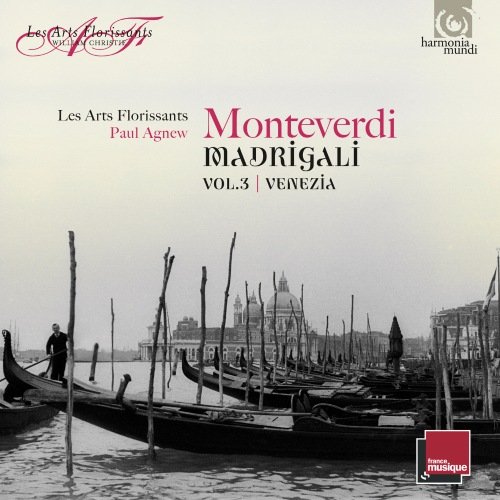
Artist: Les Arts Florissants, Paul Agnew
Title: Monteverdi: Madrigali Vol. 3, Venezia (Live)
Year Of Release: 2017
Label: Harmonia Mundi
Genre: Classical
Quality: FLAC (tracks + .cue, log, artwork)
Total Time: 01:14:38
Total Size: 320 MB
WebSite: Album Preview
Tracklist:Title: Monteverdi: Madrigali Vol. 3, Venezia (Live)
Year Of Release: 2017
Label: Harmonia Mundi
Genre: Classical
Quality: FLAC (tracks + .cue, log, artwork)
Total Time: 01:14:38
Total Size: 320 MB
WebSite: Album Preview
01 Sinfonia 1'13
02 Al lume de le stelle, SV138 4'19
03 Con che soavitа, SV139 5'06
04 Chiome d'oro, SV143 3'10
05 Interrotte speranze, SV132 3'10
06 Lettera amorosa, SV141 8'32
07 Ballo: Tirsi e Clori, SV145 9'29
08 Altri canti d'Amor, SV146 9'30
09 Dolcissimo usignolo, SV161 4'13
10 Lamento de la ninfa, SV163 6'26
11 Combattimento di Tancredi e Clorinda, SV153 19'30
Claudio Monteverdi is usually regarded as an early Baroque composer, though he was actually a transitional figure between the Renaissance and Baroque periods, and his music gradually changed from the prima prattica or the older polyphonic choral style perfected by Palestrina, to the innovative use of solo voices with instrumental accompaniment, known as the seconda prattica. This evolution is evident in Monteverdi's eight books of madrigals, which were published between 1587 and 1638. Paul Agnew and Les Arts Florissants performed the entire cycle of madrigals on tour between 2011 and 2015, and released them on Harmonia Mundi in three volumes, of which this is the last. The album, subtitled Venezia, which includes the seventh and eighth books, was recorded live, and features works that Monteverdi composed when he was maestro di cappella of St. Mark's in Venice. The development of the seconda prattica is perhaps most apparent in Il combattimento di Trancredi e Clorinda, an operatic scene for three voices that is also notable for its novel division of the string orchestra into four sections, and the use of special string techniques, such as pizzicato and tremolo. Agnew and his musicians employ one voice per part and use period instruments, so the feeling of the performance is intimate and quite dramatic, and demonstrates the range of textures, effects, and tone colors available to Monteverdi. Because these are live performances, their spontaneity and freshness give a good idea of the heightened expressions Monteverdi sought in his later madrigals and operas. Highly recommended. -- Blair Sanderson
Related Release:

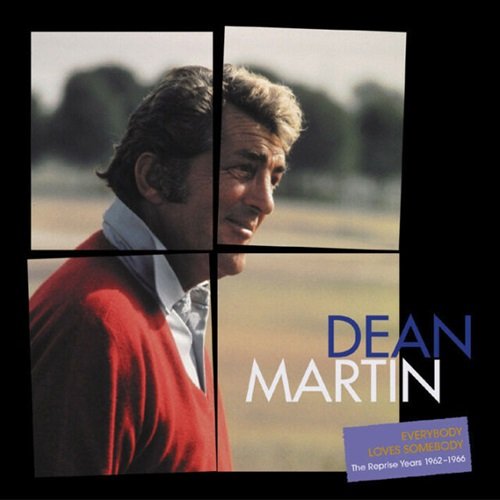
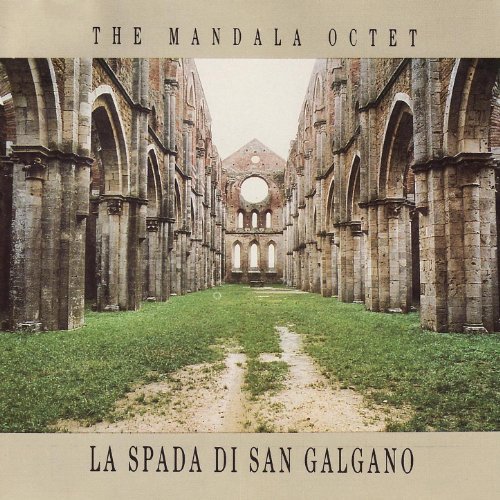
![divr - Live At Cully Jazz (Live) (2025) [Hi-Res] divr - Live At Cully Jazz (Live) (2025) [Hi-Res]](https://img.israbox.com/img/2025-12/12/xmcmwpwdqm3q0bglwqr3joh4t.jpg)
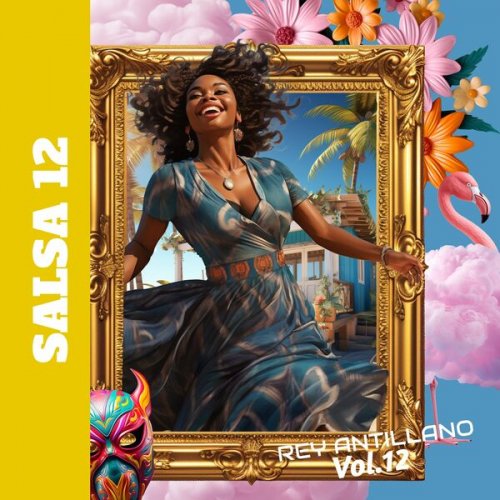
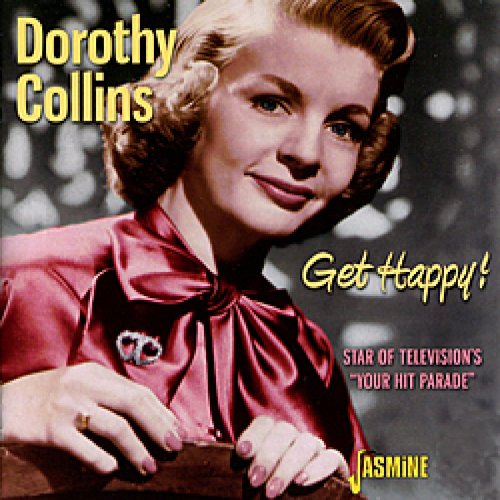

![Tomasz Stanko, Polskie Radio - Jazz Rock Company: Live at Akwarium (Polish Radio Sessions vol. 6/6) (2025) [Hi-Res] Tomasz Stanko, Polskie Radio - Jazz Rock Company: Live at Akwarium (Polish Radio Sessions vol. 6/6) (2025) [Hi-Res]](https://www.dibpic.com/uploads/posts/2025-12/1765796554_cover.jpg)
![Tomasz Stańko - Unit (Polish Radio Sessions vol. 2/6) (2025) [Hi-Res] Tomasz Stańko - Unit (Polish Radio Sessions vol. 2/6) (2025) [Hi-Res]](https://www.dibpic.com/uploads/posts/2025-12/1765790300_cover.jpg)